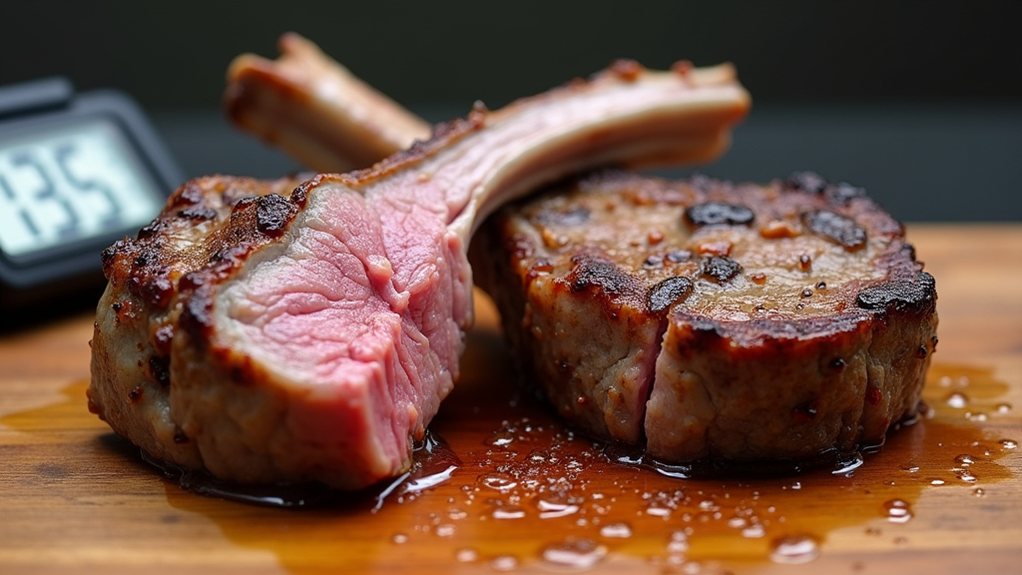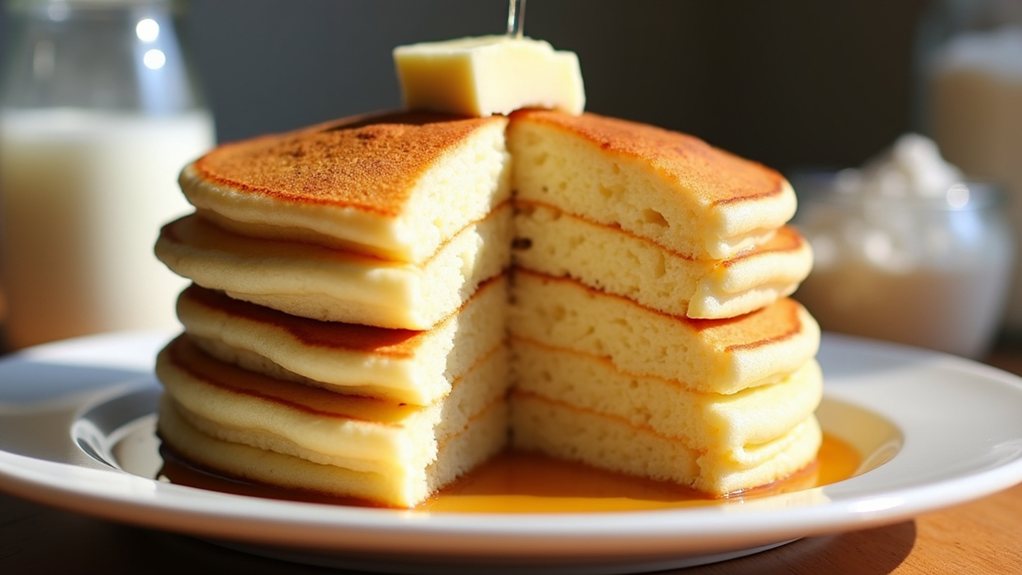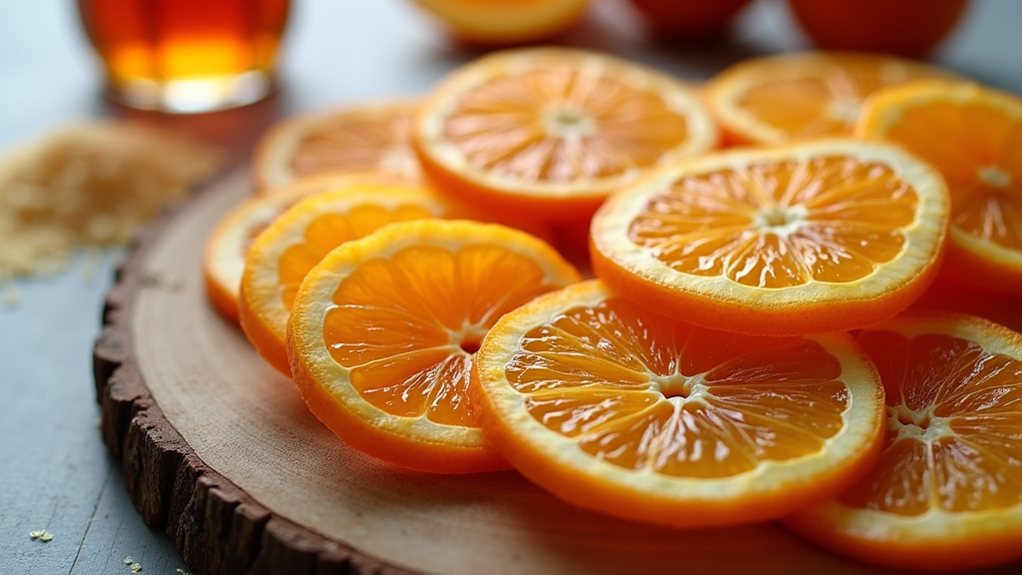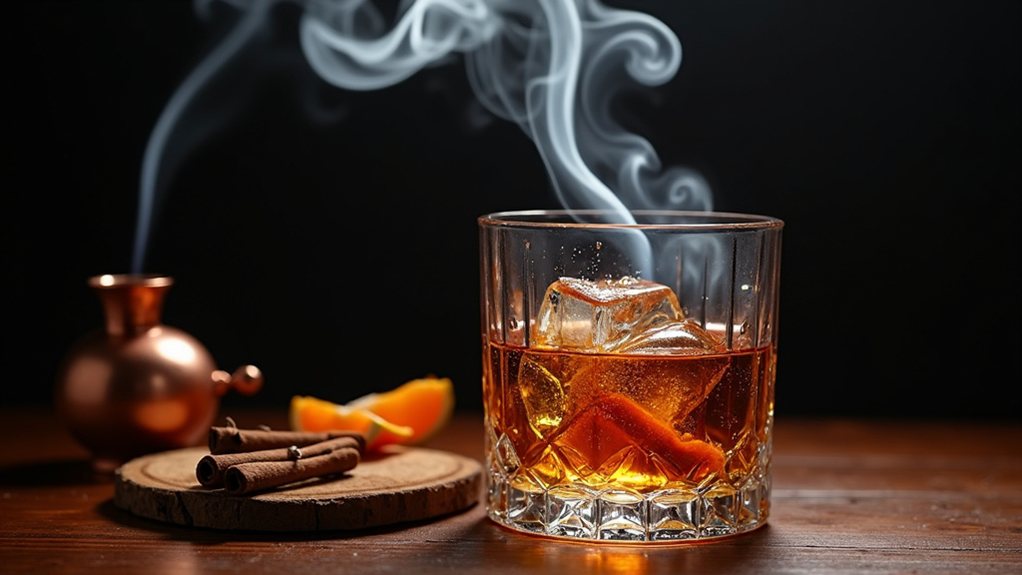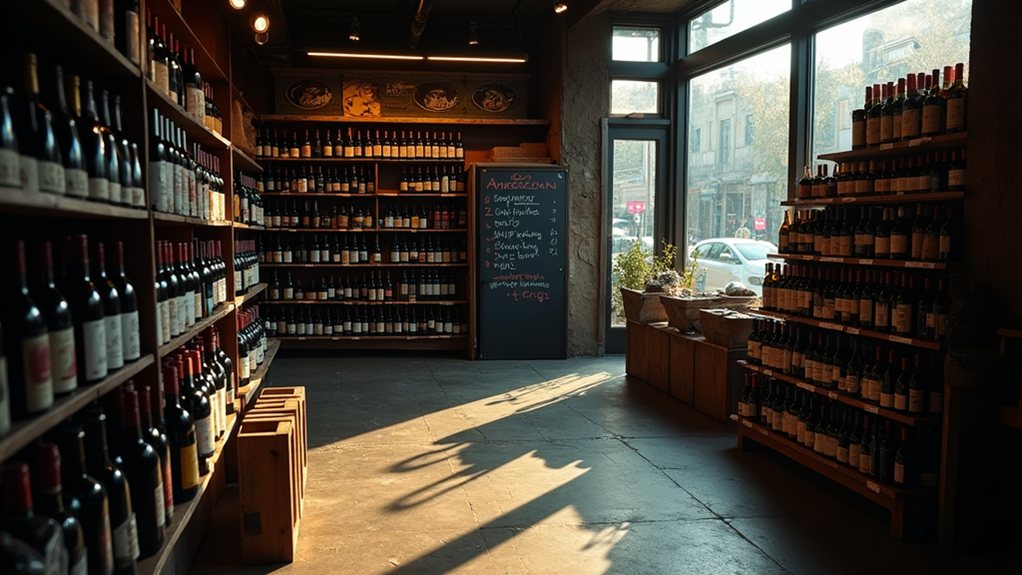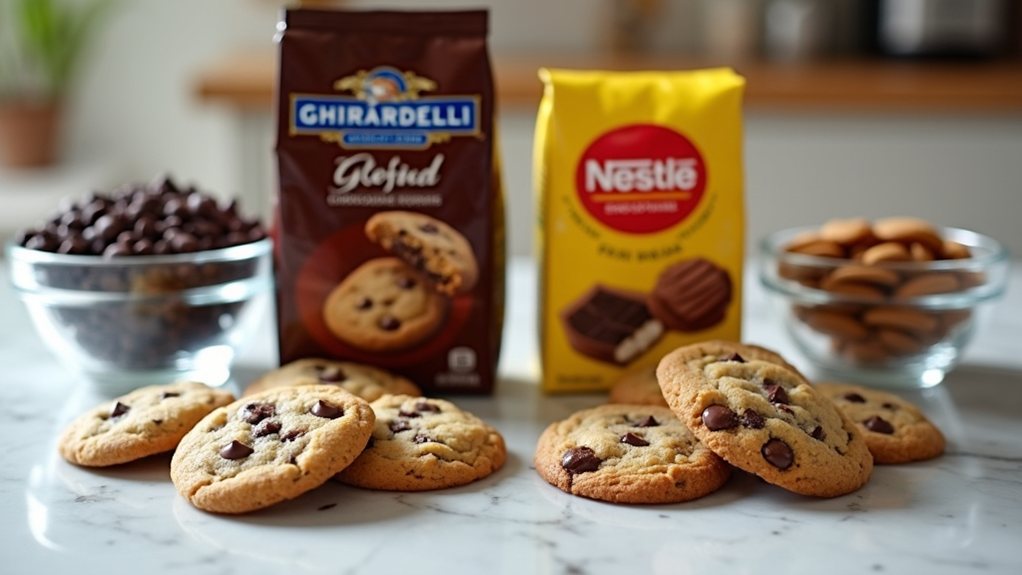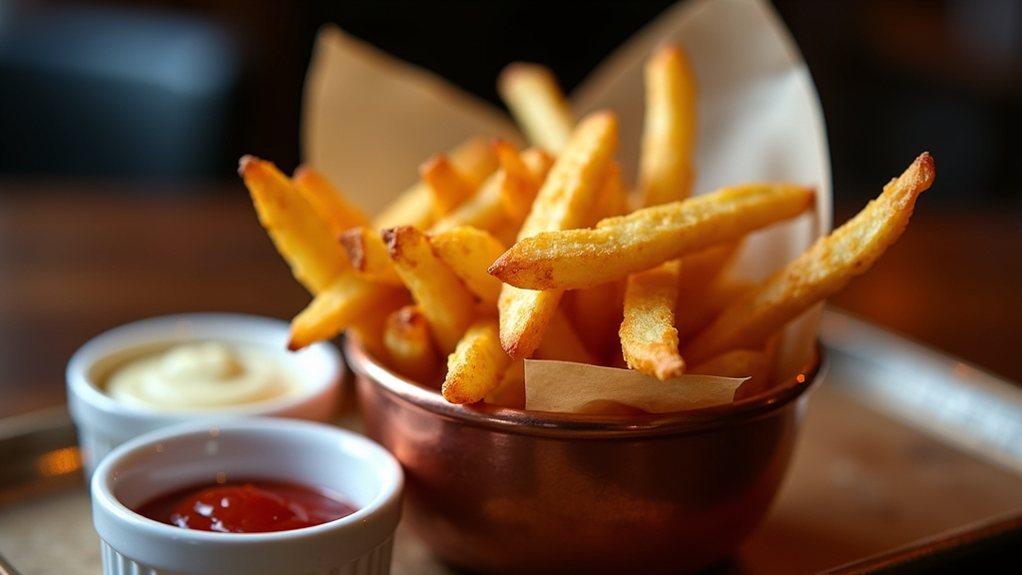Many home cooks aim for perfection with lamb chops, yet one essential mistake consistently undermines their efforts: overcooking. The delicate balance between food safety and culinary excellence often tips toward caution, resulting in meat that’s tough, dry, and lacking its signature flavor. While concern about pink meat is understandable, proper temperature monitoring reveals that lamb reaches peak juiciness at 125-130°F. What separates disappointing dinners from memorable meals often comes down to these few vital degrees.
The Cardinal Sin of Lamb Chop Preparation
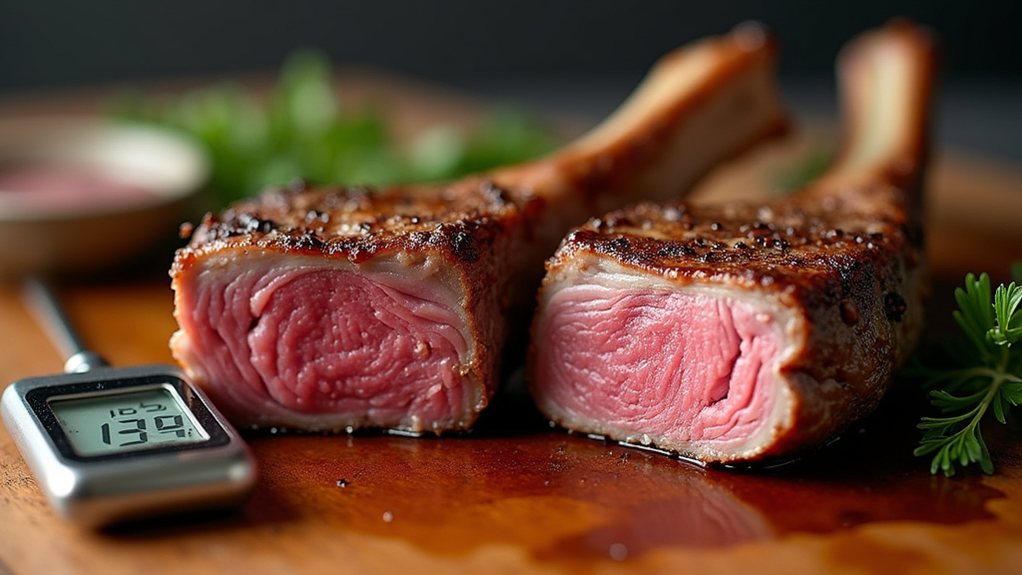
While many home cooks aspire to prepare restaurant-quality lamb chops, a few crucial errors can transform what should be a delectable, juicy dinner into a tough, disappointing meal. Among these mistakes, overcooking stands out as the most detrimental to achieving perfectly juicy lamb chops. Lamb is naturally tender, particularly cuts like rib and loin chops, but this tenderness quickly disappears when the meat is exposed to heat for too long. Similar to chicken, selecting the right cut with pinkish hue indicates freshness and will yield better results in your final dish.
Overcooking lamb chops is a cardinal sin that robs this naturally tender meat of its inherent juiciness and delicate flavor.
The ideal internal temperature for medium-rare lamb chops is between 125-130°F (52-54°C), a sweet spot that preserves the meat’s natural juiciness while ensuring it’s properly cooked. Proper seasoning on both sides of the lamb chops is essential for enhancing their natural flavors without overpowering them. Many cooks, especially those less familiar with preparing lamb, tend to cook the meat until well done, fearing that pink meat indicates undercooking. This caution, while understandable, often results in dry, tough chops that lack the succulence that makes lamb so prized.
Using a reliable meat thermometer takes the guesswork out of cooking lamb chops, allowing for precise temperature monitoring. Similar to how crisp acidity in white wines can balance rich flavors in food, a good thermometer creates balance in your cooking process. The thermometer should be inserted into the thickest part of the meat, away from bone, for an accurate reading. Once the desired temperature is reached, removing the chops from heat immediately prevents carryover cooking from raising the internal temperature too high.
Equally essential is allowing the lamb chops to rest after cooking, a step that’s frequently overlooked. A resting period of at least five minutes permits the juices, driven to the center during cooking, to redistribute throughout the meat. Cutting into the chops too soon causes these flavorful juices to escape onto the cutting board rather than remaining in the meat where they belong. Similar to how the alpaca_eval repository uses model outputs to evaluate performance, proper resting time provides valuable data about the quality of your cooking technique.
Selecting the appropriate cut also influences the final result. Rib and loin chops are naturally tender, making them ideal for quick-cooking methods like grilling or pan-searing. Shoulder chops, with their higher fat content and stronger flavor, benefit from slower cooking techniques.
